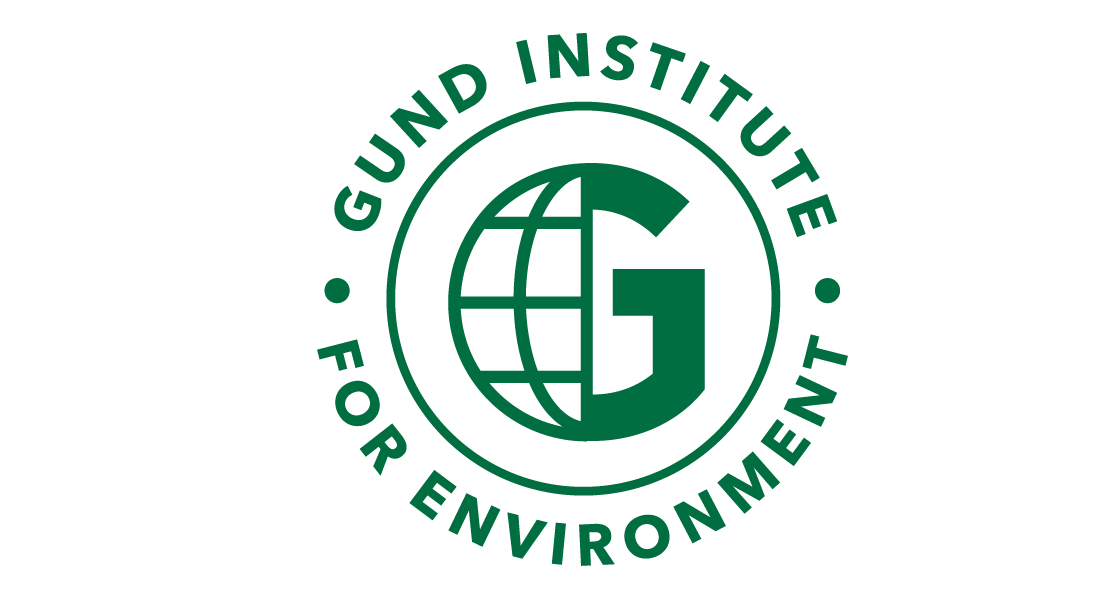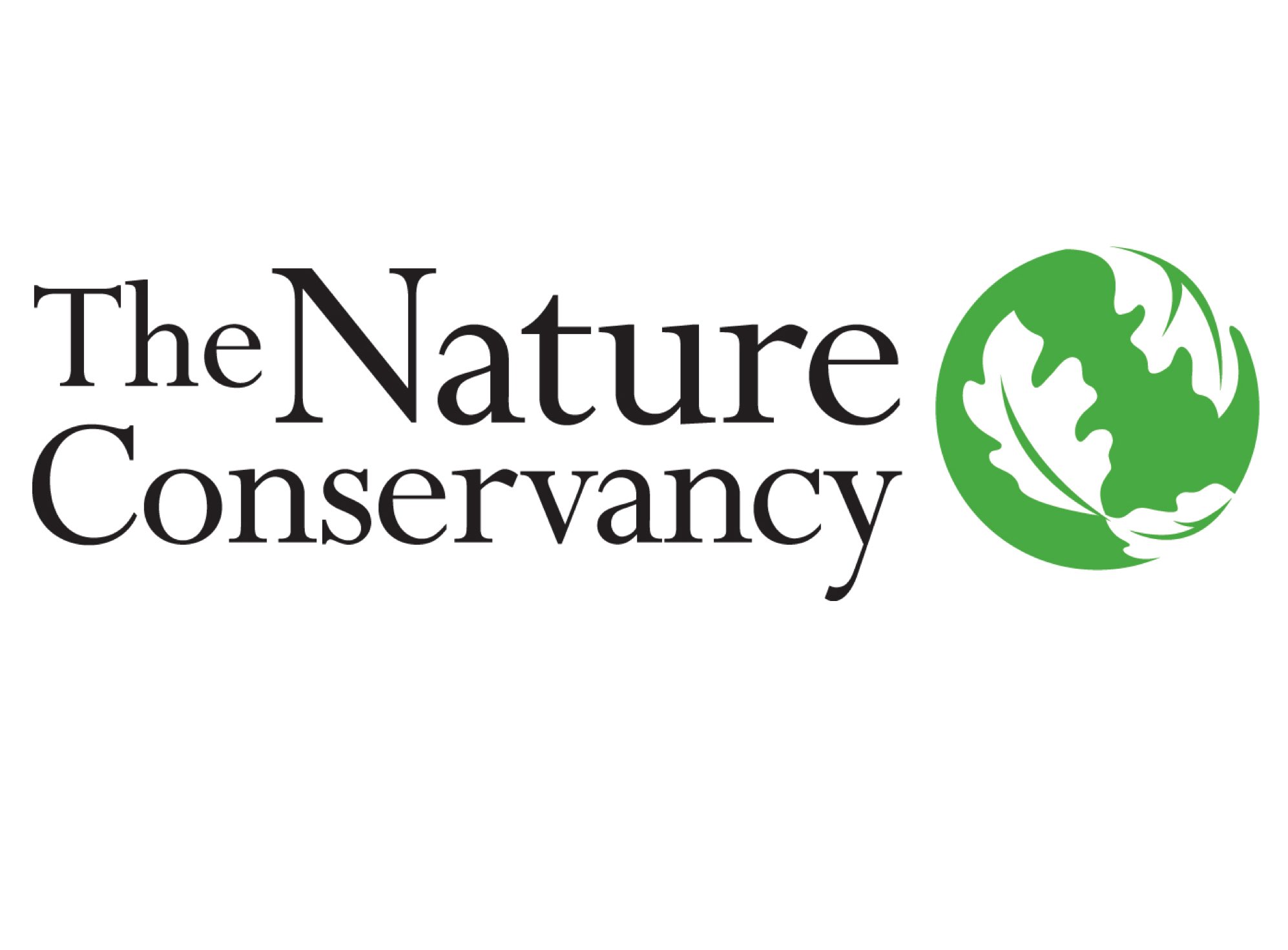
About the Vermont Climate Assessment
The Vermont Climate Assessment (VCA) provides a framework for understanding climate change impacts in Vermont. It is written to help citizens and decision-makers make sense of climate data and prepare for future impacts across key sectors (for example, the Vermont Climate Council, which is working to reduce the state’s GHG emissions and identify actions Vermont communities can take to better prepare for more extreme weather). The VCA 2021 updates the University of Vermont’s pioneering state climate assessment in 2014, which was the first to provide state-level data similar to the National Climate Assessment.
The VCA 2021 included a process to engage key stakeholders from the beginning of the assessment. Understanding stakeholder interests enabled the VCA team to focus on relevant, useful research. Researcher Laura Edling led a needs assessment in 2020 to:
- Understand what VCA information would be most useful and why;
- Facilitate ongoing knowledge exchange among VCA researchers and a variety of stakeholders; and
- Identify diverse sources of knowledge that are relevant to climate research and decision-making.
Many stakeholders were interested in impacts related to precipitation, storms, and flooding. For example, stakeholders in the agriculture sector expressed a desire to know “will my field flood” and requested data that could help them plan infrastructure upgrades and drainage strategies. The VCA 2021 report aims to further local understanding of climate change and its impacts and provide climate information that is used and useful.
VCA by the Numbers
156
interviews and surveys to explore stakeholder needs and guide VCA 2021 research plans.
34
authors and advisors from over 7 different organizations who wrote and edited chapters.
18
NOAA National Weather Service weather stations that provided climate data.
750+
scientific publications reviewed and synthesized by the research team.
Lead Researchers
Gillian Galford
Gund Fellow, Research Associate Professor, Rubenstein School of Environment and Natural Resources, University of Vermont
Joshua Faulkner
Gund Fellow, Research Assistant Professor, University of Vermont Extension
Strategic Advisors
Lesley-Ann Dupigny-Giroux, VCA Climate Science Advisor
Gund Fellow, Vermont State Climatologist, Professor of Geography, University of Vermont, Author for the Fifth National Climate Assessment (NCA5)
Laura Edling, VCA Needs Assessment Research Lead
Research Associate, Rubenstein School of Environment and Natural Resources, University of Vermont
Lauren Oates, VCA Climate Policy Advisor
Interim Director of Government Relations & Policy, TNC Vermont
Stephen Posner, VCA Climate Policy Advisor and Coordinator
Director of Policy, Gund Institute for Environment, University of Vermont
Authors
Pablo Bose
Gund Institute for Environment, Department of Geography, College of Arts and Sciences, University of Vermont
Mahalia Clark
Gund Institute for Environment, Rubenstein School of Environment and Natural Resources, University of Vermont
Peter Clark
Rubenstein School of Environment and Natural Resources, University of Vermont
Jake Claro
Farm to Plate, Vermont Sustainable Jobs Fund
Stephanie Clement
One Tree Planted
Dani Cook
Forest Ecosystem Monitoring Cooperative, University of Vermont
Caitlin Crossett
Gund Institute for Environment, Department of Civil and Environmental Engineering, Vermont EPSCoR, University of Vermon
Deniz Dutton
Rubenstein School of Environment and Natural Resources, University of Vermont
Steve Faccio
Vermont Center for Ecostudies
Joshua Faulkner
Gund Institute for Environment, Department of Plant and Soil Science, Extension, University of Vermont
Jamey Fidel
General Counsel, Forest and Wildlife Program Director, Vermont Natural Resources Council
Joanne Garton
Department of Forests, Parks, & Recreation, Vermont Agency of Natural Resources
Hanusia Higgins
Rubenstein School of Environment and Natural Resources, University of Vermont
Franni Hoag
Gund Institute for Environment, Rubenstein School of Environment and Natural Resources, University of Vermont
Katie Horner
Gund Institute for Environment, College of Agriculture and Life Science, University of Vermont
Carina Isbell
Department of Community Development and Applied Economics, College of Agriculture and Life Sciences, University of Vermont
Molly Rose Kelly-Gorham
Gund Institute for Environment, Department of Electrical and Biomedical Engineering, NSF IGERT, University of Vermont
Alexandra Kosiba
Department of Forests, Parks, & Recreation, Vermont Agency of Natural Resources
Michael Mezzacapo
Department of Environmental Conservation, Vermont Agency of Natural Resources
Joshua Morse
Gund Institute for Environment, Rubenstein School of Natural Resources and Environment, University of Vermont
George Ni
Department of Biology, College of Arts and Sciences, University of Vermont
Stephen Posner
Gund Institute for Environment, University of Vermont
Sarah T. Raimondi
Gund Institute for Environment, Rubenstein School of Environment and Natural Resources, University of Vermon
Kristin B. Raub
Department of Homeland Security Flood Apex Post-Doc, Consortium of Universities for the Advancement of Hydrologic Science Inc. (CUAHSI); and Affiliate, Rubenstein School of Environment and Natural Resources, University of Vermont
Eric Roy
Gund Institute for Environment, Rubenstein School of Environment and Natural Resources, University of Vermont
Ryan Ruggiero
Department of Plant and Soil Science, College of Agriculture and Life Sciences, University of Vermont
Elise Schadler
Department of Forests, Parks, & Recreation, Vermont Agency of Natural Resources
Ned Swanberg
Department of Environmental Conservation, Vermont Agency of Natural Resources
Alissa White
Gund Institute for Environment, Department of Plant and Soil Science, College of Agriculture and Life Sciences, University of Vermont
Jessica Wikle
Gund Institute for Environment, Rubenstein School of Environment and Natural Resources, University of Vermont
Daphne Zencey
Gund Institute for Environment, Rubenstein School of Environment and Natural Resources, University of Vermont
Funders
- University of Vermont (UVM)
- UVM Rubenstein School of Environment and Natural Resources
- UVM Gund Institute for Environment
- The Nature Conservancy, Vermont
- Norman Foundation
- Private donors who chose to contribute to the Vermont Climate Assessment
Additional Support
- Tamarack Media Cooperative
- Emily Copeland and Julianna White – lead copyeditors
- Milena Stier, Mary Kueser, Basil Waugh, and Stephen Posner – web design assistance
- Eve Frankel, Ariana Cano – TNC communications
Recommended Citation
Citing the full report: Galford, G.L., Faulkner, J., Edling, L. 2021. The Vermont Climate Assessment 2021. Burlington, Vermont: Gund Institute for Environment at the University of Vermont.
Citing a specific chapter: Cook, D., Swanberg, N. 2021. Water Resources. In Galford, G.L., Faulkner, J. et al. (Eds), The Vermont Climate Assessment 2021. Burlington, Vermont: Gund Institute for Environment at the University of Vermont.

